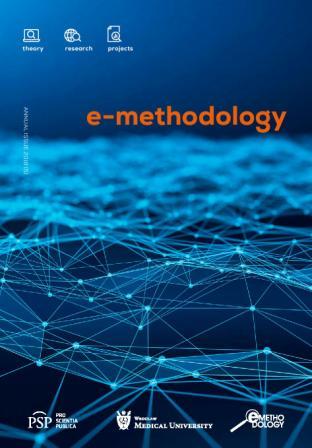Looking at the new digital school: didactics 2.0 and school 2.0
Looking at the new digital school: didactics 2.0 and school 2.0
Author(s): Paolo Di SiaSubject(s): Media studies, ICT Information and Communications Technologies, Inclusive Education / Inclusion, Distance learning / e-learning
Published by: Fundacja Pro Scientia Publica
Keywords: didactics 2.0; school 2.0; new technologies; teaching methods; ICT tools; digitalisation; social networks; culture;
Summary/Abstract: Aim. Today we have the need to develop more effective teaching methods, where the student is no longer just a user, but becomes an integral part of the training process by creating, selecting and processing experiences in a personal way. Digital teaching has become/is becoming part of the school scenario along with the wealth of digital technologies and tools that have spread over the past decades. Today’s society has changed and even the school must be able to exploit all resources that social networks make available for capturing the attention of “digital natives”. Methods. The student becomes an active constructor of knowledge, integrating it in a personal way. We talk about “didactics 2.0”, i.e. the study and improvement of teaching activity achievable with the use of ICT tools. To create a learning environment, we must take into account the collaboration of several parties (teachers, experts in the field, students, parents), not forgetting the complexity and multiplicity of the surrounding reality. This learning environment can profitably use social networks; students show to learn better if they find meaningful the subjects they are studying. Results. The paper illustrates tools and forms of collaboration achievable with the digital educational school environment. Social networks are used by students to the point of becoming a real language for “digital natives”. When we talk about digital culture, we want to highlight the participation and digitalisation of traditional cultural processes, from which the educational environment does not escape. In the “school 2.0” approach there are some peculiarities leading the school system towards the new generations. Conclusions. The need to “digitise” the school is a current hot topic, also if in everyday reality the work to do is still a lot: non-existent or obsolete computer labs, teachers who do not consider computers as a resource. Digitised teaching can be realised according to multiple channels that have different characteristics and purposes.
Journal: e-methodology
- Issue Year: 6/2019
- Issue No: 6
- Page Range: 9-21
- Page Count: 12
- Language: English

